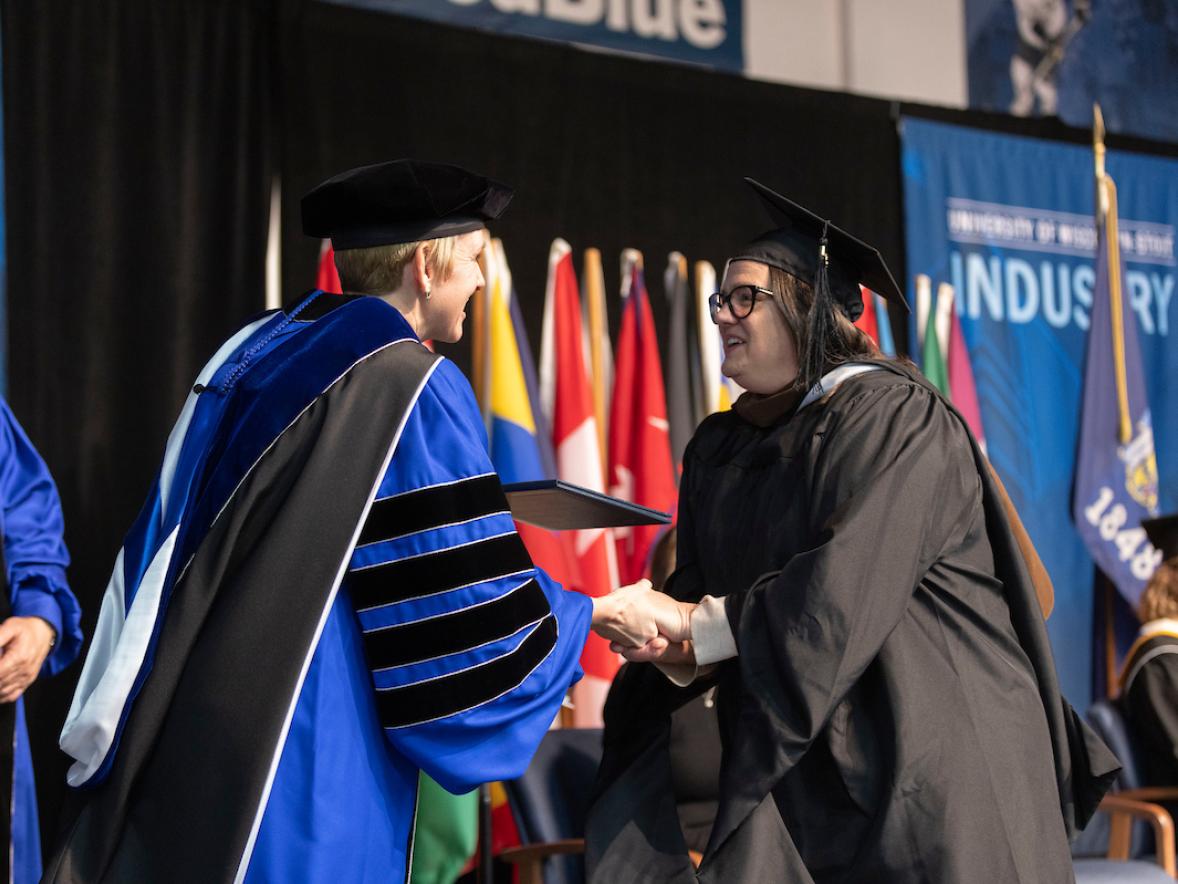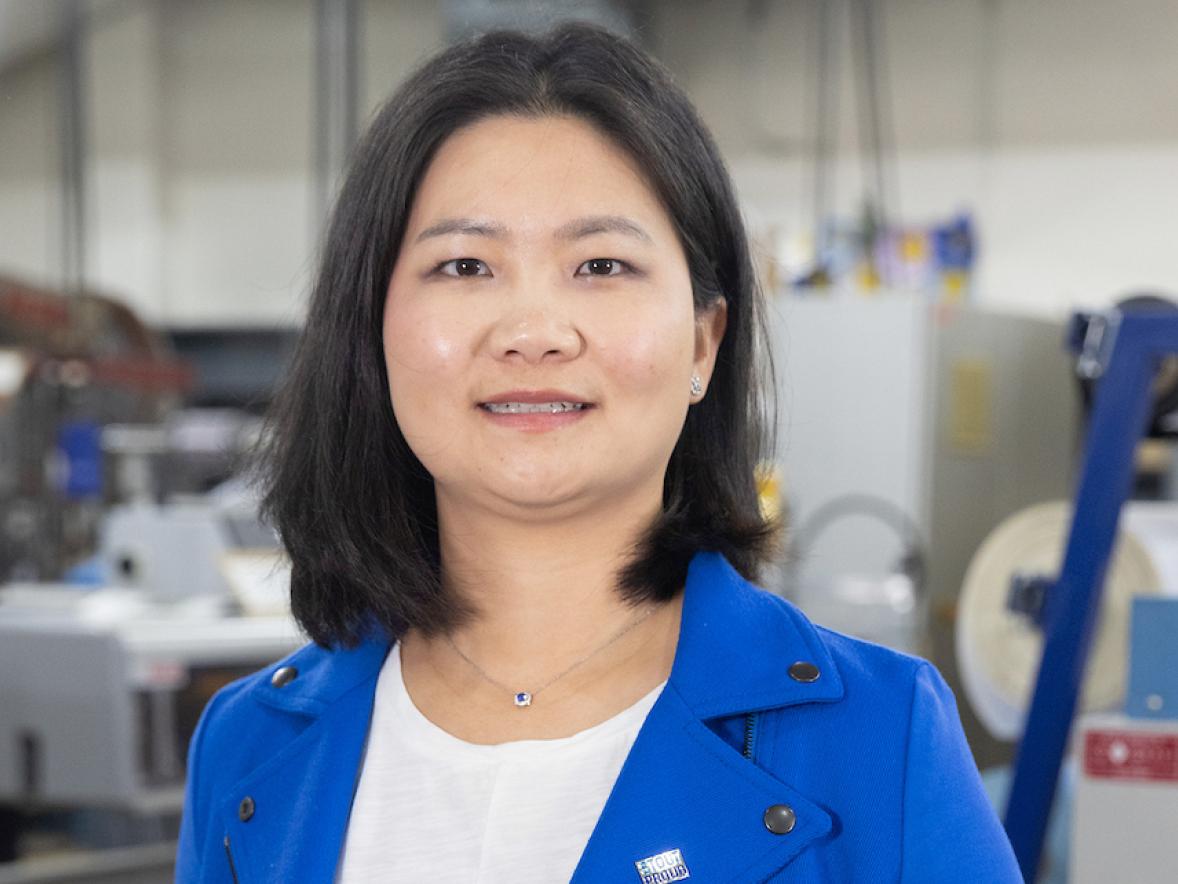How could schoolchildren spend less time on the bus each day? How could a pharmacy process orders more efficiently?
A group of University of Wisconsin-Stout students tackled those complex questions and found possible answers during the 2019 spring semester using a powerful tool — mathematics.
Even more impressive, the 12 students worked on those problems with real clients, the Menomonie school district and a Mayo Clinic pharmacy in Rochester, Minn.
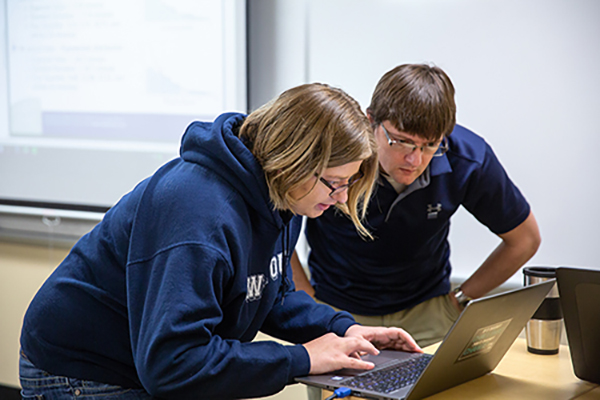 “It’s easy to listen to a lecture, memorize material and perform on a test. It is far more difficult to be given a problem that I have no background in and try to solve it,” said Erica Kelly, of Omro, a junior majoring in applied mathematics and computer science.
“It’s easy to listen to a lecture, memorize material and perform on a test. It is far more difficult to be given a problem that I have no background in and try to solve it,” said Erica Kelly, of Omro, a junior majoring in applied mathematics and computer science.
In the Industrial Math class, students learn how skills in math can be applied in the business world. The class is connected to a joint national effort called PIC Math — Preparation for Industrial Careers in Math — by the National Science Foundation and the Mathematical Association of America.
Students in the UW-Stout class, using a grant, will present their research at the PIC Math summer showcase in August in Cincinnati, Ohio.
Members of the class also plan to present at UW-Stout’s Research Day on Monday, April 29, and they gave talks to high school and middle school students at the state Science Olympiad held in March on campus.
Math taught at the college level can be used to solve problems with many variables that require multiple ways of thinking, said Assistant Professor Tyler Skorczewski, who teaches the class.
“There are a lot of these problems in industrial math. It doesn’t take a Ph.D. in math to make real change. You can hire a math major, and it will help you save money,” Skorczewski said.
“When students leave the class, they know they can do math in industry,” he said.
The experience of working with real clients also took the class to another level. “The real world has no answers in the back of the book. There’s no backup plan,” Skorczewski said. “You either impress your external contact or not.”
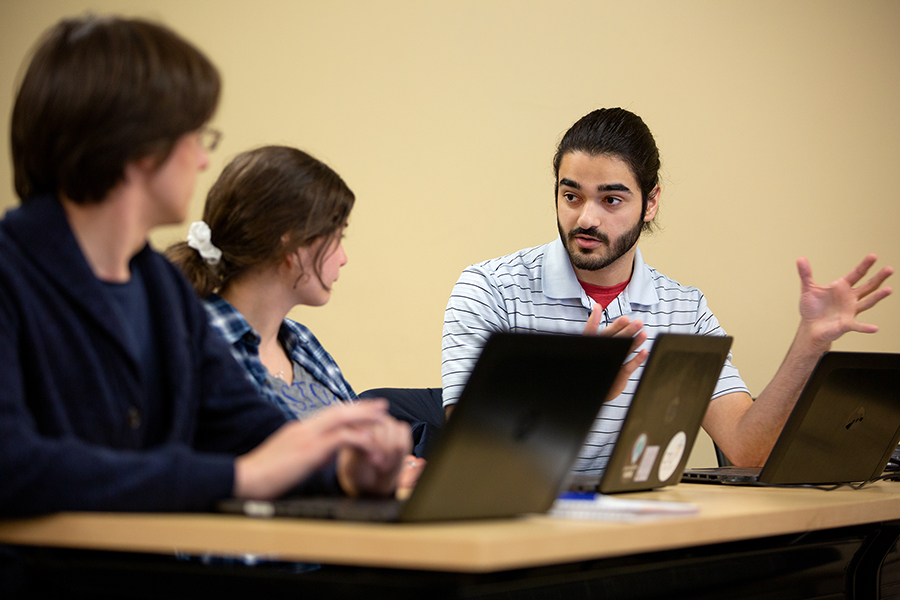
Using a team approach
Students worked in teams of three in the class, which included six seniors, three juniors and three sophomores. The case studies took up most of the semester.
They first met with clients to learn about the problem, determined how to attack it, developed a recommendation and then communicated the results through a written report and presentation.
For the Menomonie school district, they wrote their own code while trying to reduce time on the bus for rural children in four-year-old kindergarten.
They provided an algorithm to the school district that, with tweaking, could shorten the ride times for some students, should the district decide to use it. “The students found a solution to a famously hard problem known as the Vehicle Routing Problem. Problems like these are so hard there is no one ‘best’ algorithm,” he said.
Part of the value of the class is that once students identify the problem, they might need to learn a new math skill to solve it. With the Mayo pharmacy in Rochester, students worked with the health care operations research office. They used Arena software to implement a discrete event simulation, mixing calculus, graph theory, probability and statistics as part of their approach.
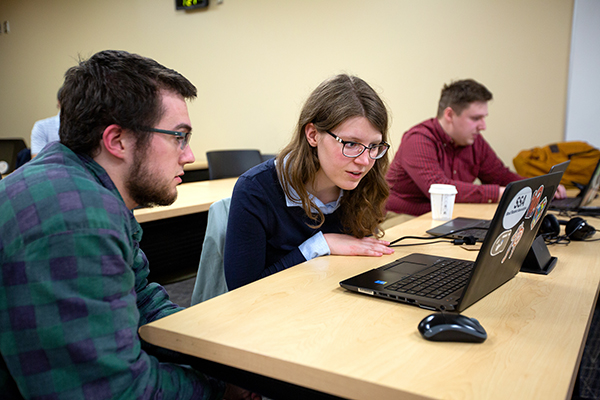 Kelly worked on the Mayo project. “One of the biggest challenges was learning Arena. I had never even heard of it, so it was a steep learning curve figuring out how to model order processing for a pharmacy,” she said.
Kelly worked on the Mayo project. “One of the biggest challenges was learning Arena. I had never even heard of it, so it was a steep learning curve figuring out how to model order processing for a pharmacy,” she said.
The group’s recommendation addressed how two pharmacists and five technicians could reduce the time it takes to process an order for medication. Also, they determined how to more efficiently schedule employees. For example, two pharmacists aren’t needed on duty at the same time, they found.
Their study indicated that the pharmacy may be able to save up to $71,000 a year in labor costs while improving both the number of prescriptions filled and customer wait times.
Variables with the problem included how often orders come in, how long they typically take to process and how long it takes to meet with the customer.
Students worked with Kalyan Pasupathy, an associate professor of health science research in the Mayo College of Medicine. He also is the scientific director of the Clinical Engineering Learning Labs. The case study worked on by UW-Stout students also has been used in his classroom.
“As part of my teaching portfolio, I had realized that students in operations research/systems engineering/industrial math were lacking exposure to real-life problems and the relevance of methods to solve these problems,” Pasupathy said. “The students are doing a great job working on the case study, being meticulous, probing and asking key intelligent questions.”
Math + writing = success
Along with the math, writing was an important part of the class. “If you can’t write well, no one will understand your report. There were a lot of writing assignments,” Skorczewski said.
Kelly agreed. “Dr. Skorczewski has been pushing our class to think about our word choice both during discussions and in writing. I have also learned to push myself within a group setting and speak up more than I am used to doing,” she said.
Learning how to work as part of a team was another benefit. “Another challenge I have encountered within this project is trying to combine the work from six separate minds into one cohesive project. Even after being split into two groups of three, we all have different styles of work, so trying to work toward all our strengths has been a challenge,” Kelly said.
###
Photos
Student Erica Kelly goes over a problem with Assistant Professor Tyler Skorczewski in the Industrial Math class in Jarvis Hall.
From left, students d’Artagnan Kramer, Natalie Bruns and David Amirahmadi discuss an issue in the class.
From left, Calvin Bunge, Larissa Ford and Ryan Vanden Boomen work on the two case studies in the class.





